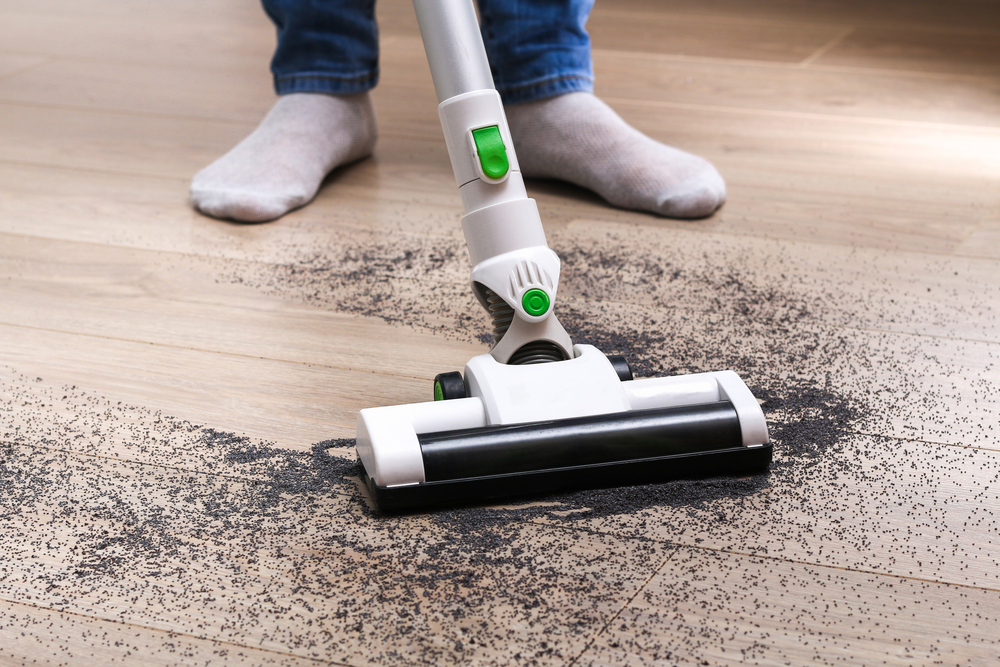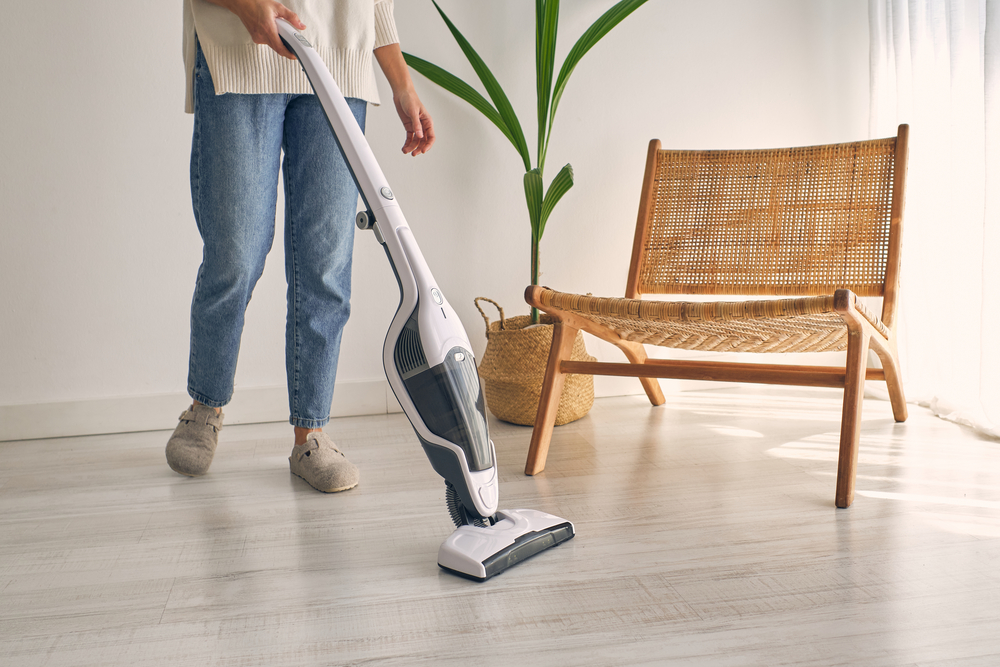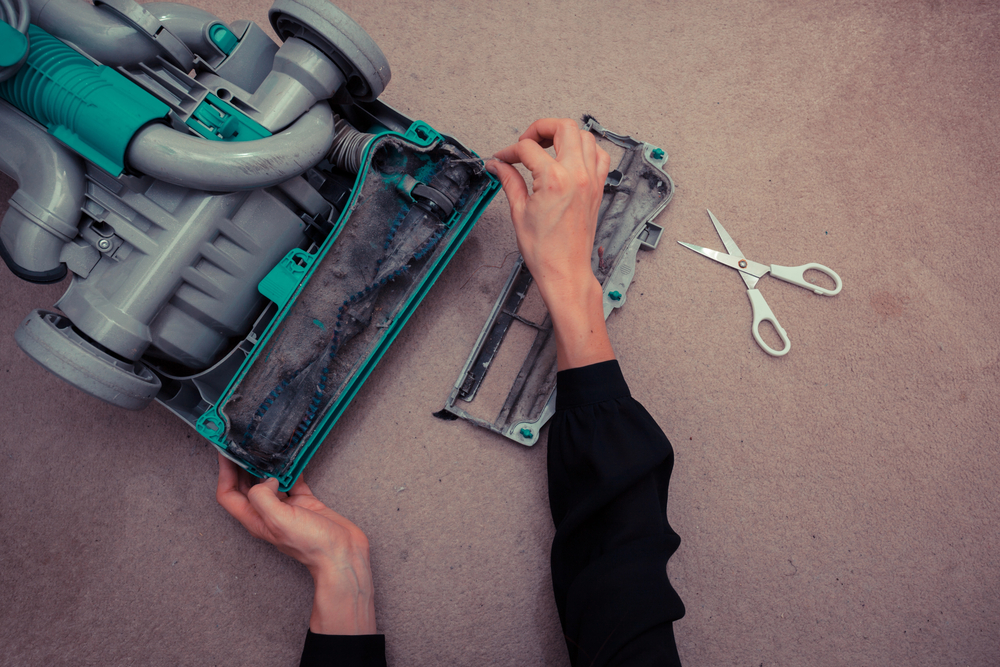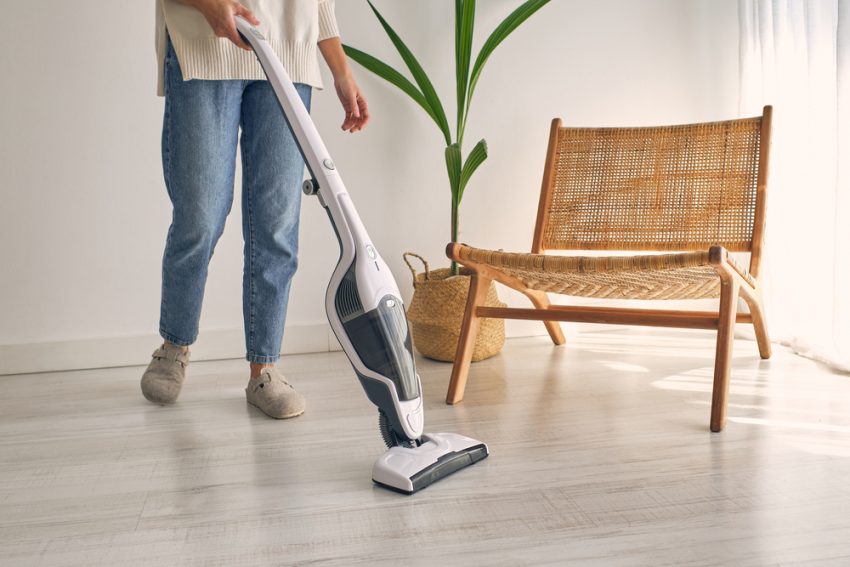The upright vacuum cleaner has long been a mainstay in household cleaning, renowned for its efficient design and powerful performance. Thanks to its upright structure and easy maneuverability, it has become a go-to solution for deep-cleaning carpets, rugs, and hard floors. In this detailed overview, we’ll explore the history of upright vacuums, how they work, their standout features, different types, modern innovations, usage and care tips, eco-friendly aspects, and their outlook for the future.
The Origins of Upright Vacuums
The development of the upright vacuum spans more than a hundred years, shaped by countless technological breakthroughs. The foundation of vacuum cleaning technology started in the early 1900s as households searched for better ways to tackle indoor dust and dirt.
Hubert Cecil Booth pioneered vacuum technology in 1901 with a horse-drawn system using massive hoses. While primitive, it marked the beginning of mechanized cleaning. The real transformation came when James Murray Spangler, a janitor from Ohio, created the first motor-driven upright vacuum in 1908. His design used a fan motor mounted on a broomstick with a pillowcase to collect dust — an innovative idea that dramatically improved air quality.
Businessman William Hoover saw the potential in Spangler’s creation and purchased the patent, eventually founding the Hoover Company. Through strategic marketing and mass production, Hoover turned upright vacuums into essential household appliances across America and beyond.
Design and Working Principles of Upright Vacuums
Upright vacuums stand out with their vertical layout, combining practicality with compact storage benefits. At their core is the cleaning head — a critical part containing rotating brushes and suction channels to lift dirt and debris from various surfaces effectively.
The intake port channels debris and air into the suction mechanism, while adjustable vents fine-tune airflow depending on the floor type. The exhaust port releases filtered air back into the room, often passing through additional filters for improved air purity.
For dirt collection, upright vacuums can use either replaceable bags or bagless canisters. Bagged models offer a convenient, dust-free disposal method. Meanwhile, bagless options rely on cyclonic technology that spins debris into a detachable bin, allowing for easy emptying and reducing long-term costs.
Attachments like crevice tools, upholstery brushes, and extended wands further expand an upright vacuum’s cleaning potential, making it suitable for everything from floors to drapes and tight corners.
Key Features to Look For
 Upright vacuums are equipped with a range of features that enhance cleaning efficiency and user experience:
Upright vacuums are equipped with a range of features that enhance cleaning efficiency and user experience:
- Powerful Suction: Strong suction is vital for pulling up deeply embedded dirt, pet hair, and allergens from carpets and hard floors.
- Advanced Filtration: Many models include HEPA filters that capture microscopic allergens and dust particles, significantly improving air quality — ideal for allergy sufferers.
- Bagged vs. Bagless: Choose between the mess-free convenience of bags or the cost-saving design of bagless cyclonic systems.
- Height Adjustments: Adjustable height settings ensure optimal performance on different flooring types, preventing unnecessary wear on delicate surfaces.
- Easy Maneuverability: Features like swivel steering and ergonomic handles help navigate tight spaces and around furniture with ease.
Different Types of Upright Vacuums
Upright vacuums come in various configurations to suit specific cleaning scenarios:
- Standard Upright: Perfect for general home cleaning, offering a balance between price and performance for carpets and hard surfaces.
- Commercial Upright: Designed for rigorous daily use in places like hotels, offices, and retail stores, these vacuums are built to handle larger spaces and higher foot traffic.
- Cordless Upright: Battery-powered options provide freedom from cords, making them perfect for multi-story homes and quick clean-ups in various locations.
Technological Advancements
 Recent years have brought impressive upgrades to upright vacuums:
Recent years have brought impressive upgrades to upright vacuums:
- Cyclonic Systems: By using centrifugal force, these vacuums maintain consistent suction and reduce clogging.
- HEPA Filtration: Traps fine dust and allergens, preventing recirculation into the air and supporting healthier living spaces.
- Smart Features: Wi-Fi connectivity and app control allow for remote scheduling, settings adjustments, and performance monitoring.
- Ergonomic Enhancements: Lightweight designs, adjustable handles, and smooth swivel steering reduce user fatigue and make cleaning more intuitive.
Proper Use and Maintenance
 Proper care ensures your upright vacuum operates at peak performance for years: Usage Guidelines:
Proper care ensures your upright vacuum operates at peak performance for years: Usage Guidelines:
- Remove obstacles and small objects before vacuuming to avoid blockages.
- Adjust the vacuum height for the best contact with different floor surfaces.
- Move in slow, overlapping passes to maximize debris pickup.
- Focus on edges and high-traffic areas where dirt accumulates.
- Switch to attachments for above-floor cleaning, stairs, and upholstery.
Maintenance Tips:
- Clean or replace filters regularly to maintain strong airflow and suction.
- Empty dustbins or change bags before they’re completely full.
- Check for blockages in hoses and air pathways.
- Inspect brushes and rollers for wear or tangles and clean as needed.
- Lubricate moving components to prevent squeaks and extend lifespan.
Environmental Impact and Sustainability
As environmental consciousness grows, upright vacuum manufacturers are prioritizing greener designs. Newer models often feature energy-efficient motors and are constructed from recyclable materials such as aluminum and certain plastics.
Advanced filters like HEPA not only improve indoor air but also prevent pollutants from re-entering the environment.
By selecting a vacuum with these eco-friendly features, you reduce your household’s carbon footprint and help minimize landfill waste.
Upright vs. Canister Vacuums: Quick Comparison
| Feature | Upright Vacuums | Canister Vacuums |
|---|---|---|
| Design | All-in-one vertical body | Separate canister with hose and wand |
| Maneuverability | Better for large open areas | Great for tight corners & stairs |
| Weight | Heavier overall | Lighter wand, heavier base |
| Best for | Carpets & large rooms | Hard floors & detailed areas |
| Storage | Compact, stands upright | Requires more storage space |
Conclusion
Upright vacuum cleaners have transformed dramatically since their early days, evolving into versatile, powerful, and efficient cleaning machines. With innovations in filtration, design, and smart technology, today’s uprights are more adaptable and user-friendly than ever.
As more consumers prioritize eco-friendliness, these vacuums continue to evolve, promising a future of even better performance and lower environmental impact. By choosing the right upright vacuum, you invest in a cleaner, healthier home — and contribute to a more sustainable planet.

